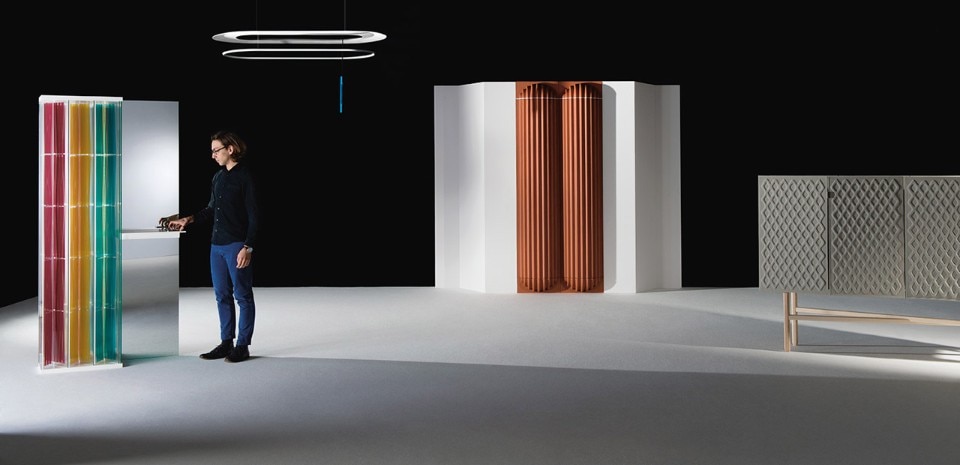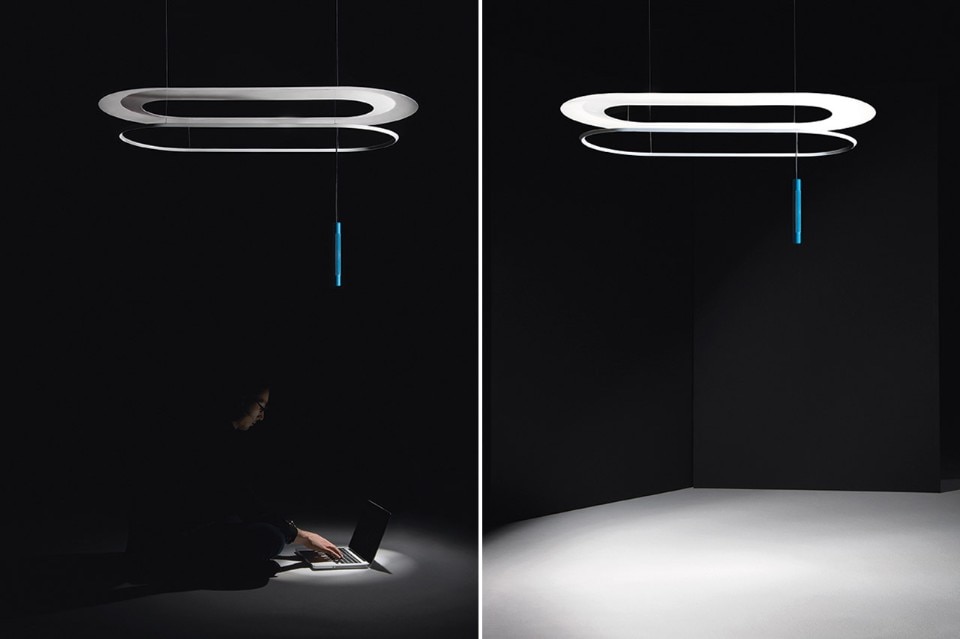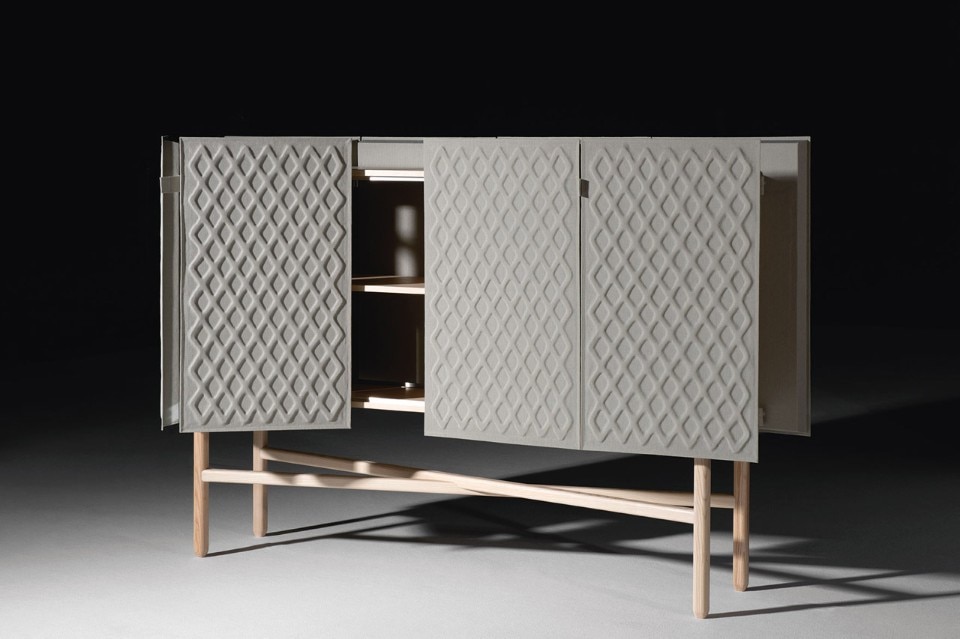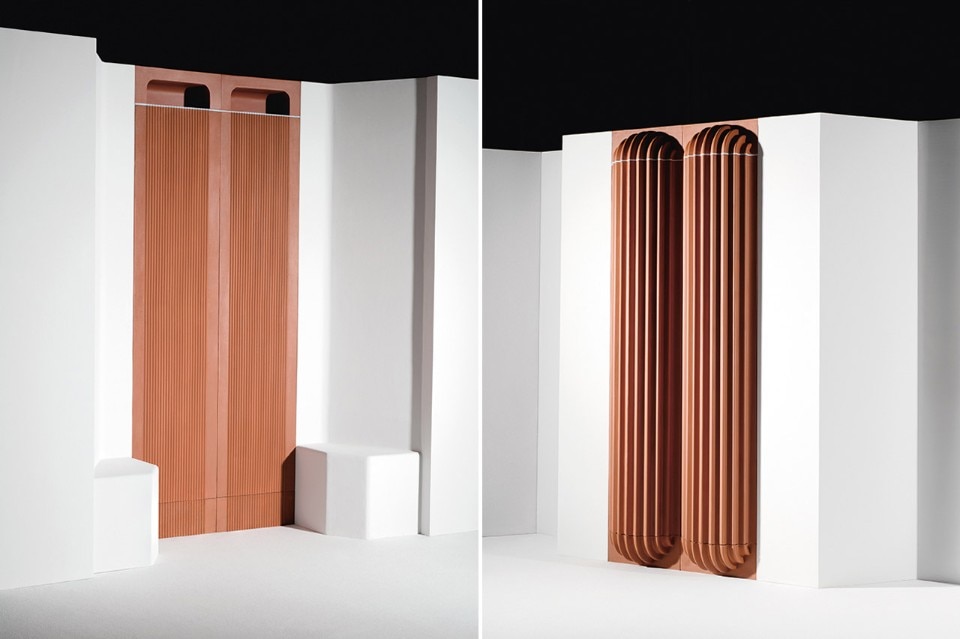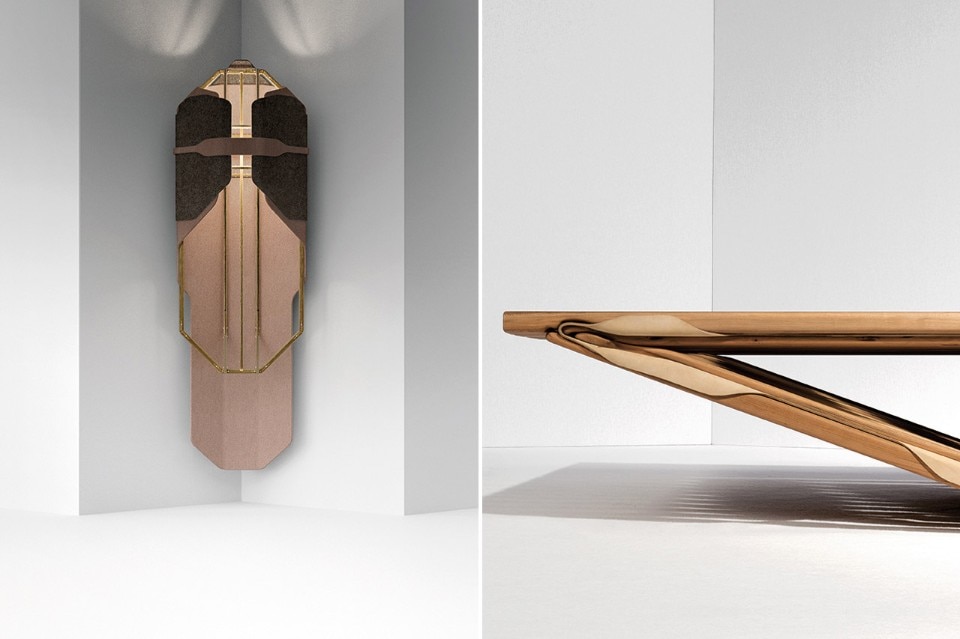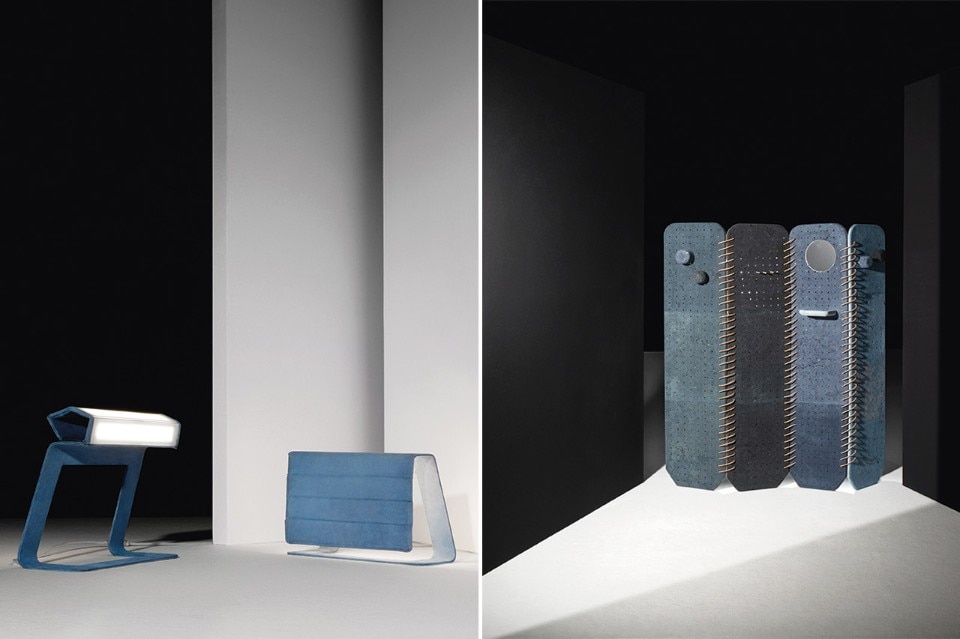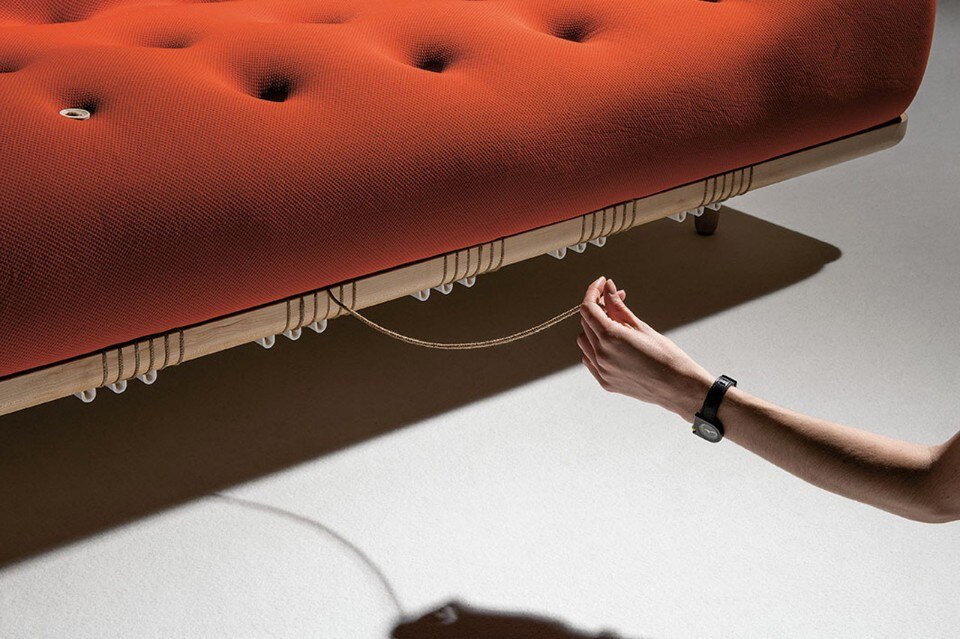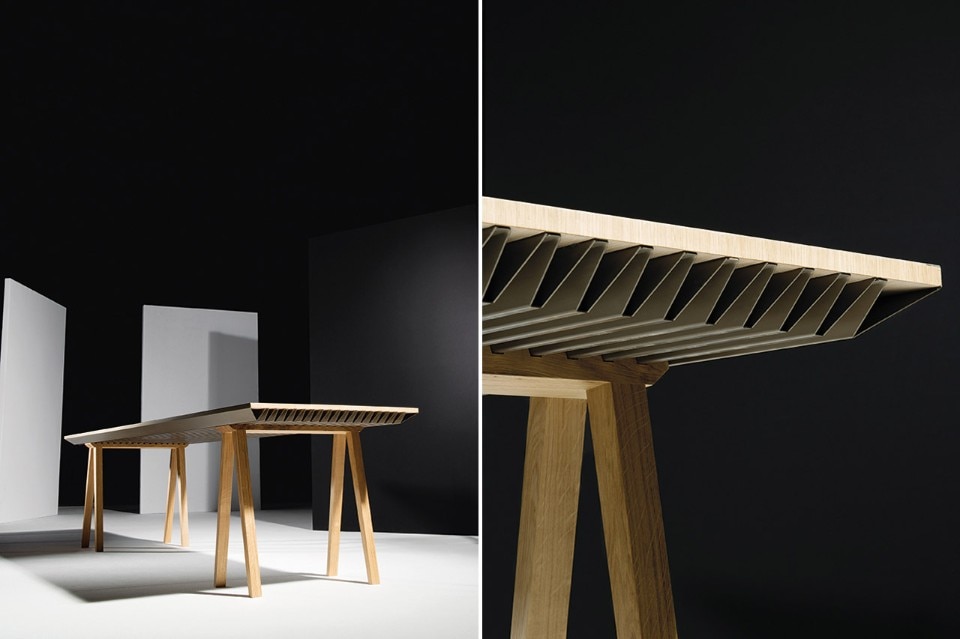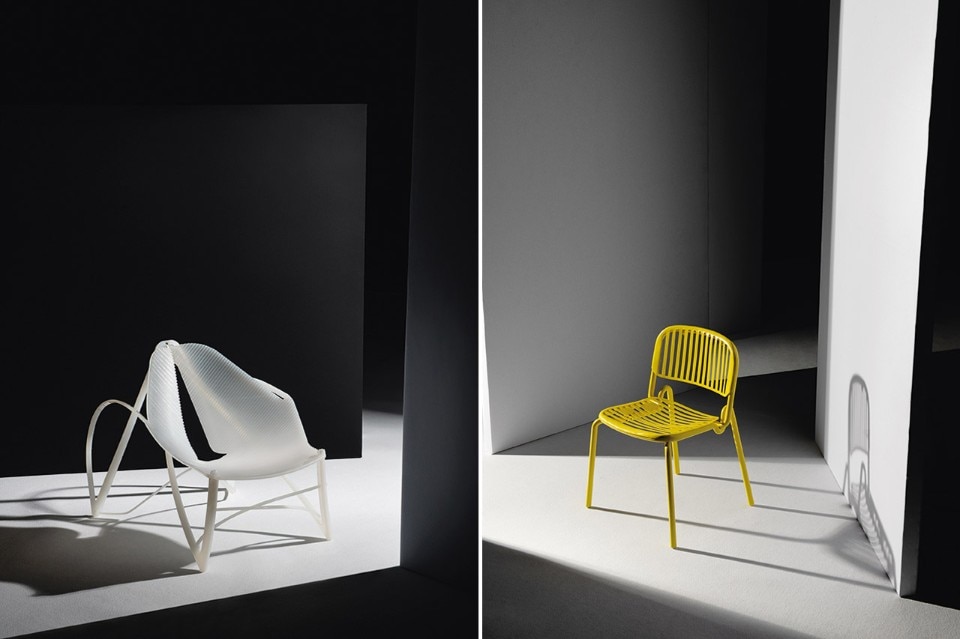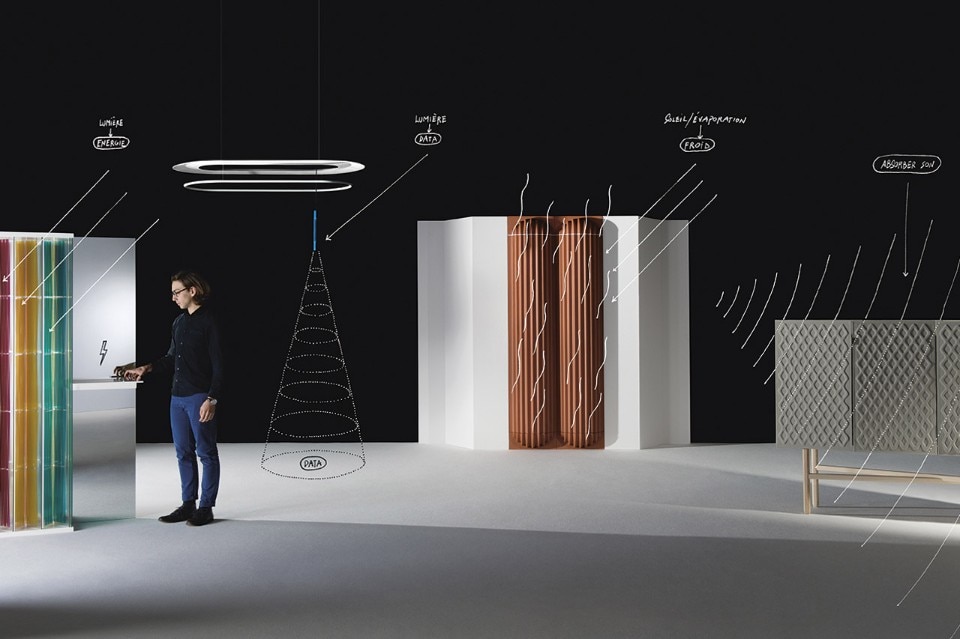
VIA Carte Blanche award: Atmosphères. A non standardized approach to comfort by Normal Studio
Considering that environment and comfort form a single body when certain technologies are used in a pertinent way, Normal Studio and design heads, Jean-François Dingjian and Eloi Chafaï have sidestepped conventional norms and behaviour patterns to propose a new definition of comfort – one that is offbeat, non invasive and environment-friendly.
Like a living organism that negotiates the conditions of its existence in a given milieu, the designers have imagined habitat fitted out with four simple comfort-improving pieces that enact mini-strategies capable of producing a complement of energy, of modulating temperature, of absorbing noise and of re-defining transmission of and access to on-line information sources. This in perfect symbiosis with the physical and cultural milieu, and with ambient climate. The four prototypes developed by Normal Studio in the Atmosphères project are not new types of objects or technical equipments; they integrate existing typologies (wall vent, mirror, storage unit, lamp) by their design, bringing new capabilities and offering new qualities and functions.
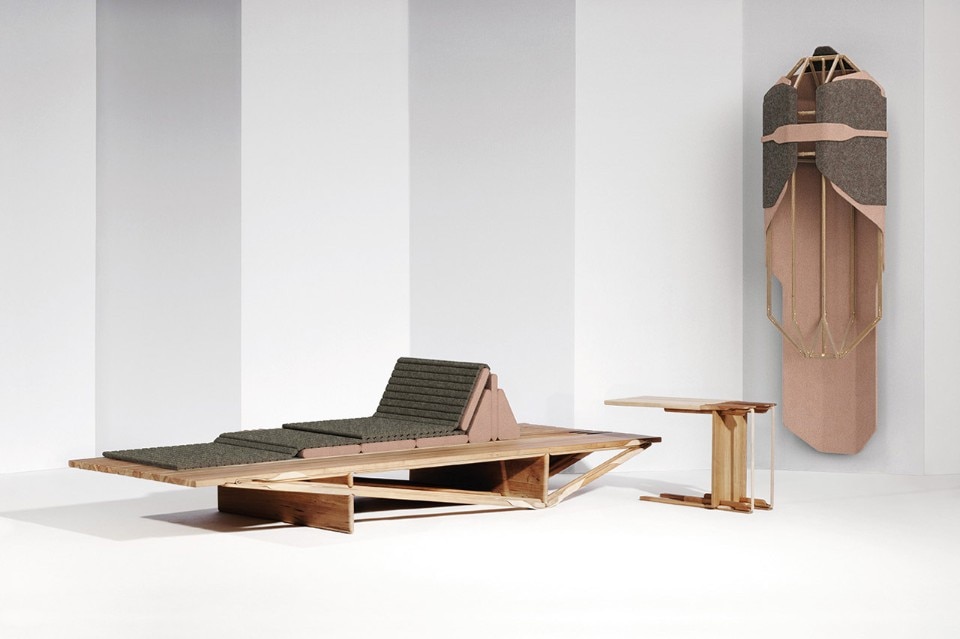
VIA Furnishing Programme award: Corpus. Anatomy in system by Benjamin Graindorge
At a time when the borders between living space and work space are shifting, the Corpus Furnishing programme takes a new look at contemporary life styles and postures. From bedroom to sitting room and study, daybed, overhang table and lamp interact to form a laid-back-but-dynamic multi-activities zone. Benjamin Graindorge has drawn inspiration from human anatomy to design his triptych, with new principles of assemblage and sophisticated articulations that refer to both age-old and leading edge technologies. Wood, leather and fabric reflect by metaphor skeleton, ligaments and skin. Laths of finely shaped cherry wood are paired with leather thongs to tense the wooden structure, with no other element for assemblage.
Fibula Corpus is a wide and deep daybed that invites rest but also configures as a bench seat-plateau to be used for working, reading, relaxation or contemplation. It is covered with flesh-coloured fabric and has extra-flat cushions held in place by integrated magnets. The mat-like platform thus formed is multi-functional and can be reconfigured in a number of positions: with backrest, as a normal seat, with foot-rest or completely flat.
Clavicula Corpus is a table with a cantilevered top that ensures maximum comfort for study and work. Leather thongs paired with wooden pieces form the base and underside of the plateau, tensing the structure. Leather is also used to cover the plateau and form a desk surface.
Ulna Corpus is a lamp that adopts the stance of a mysterious object, a luminous alcove of macroscopic presence. Its structure in cherry wood pieces and leather is draped with woollen and cotton fabric cut like a kimono.
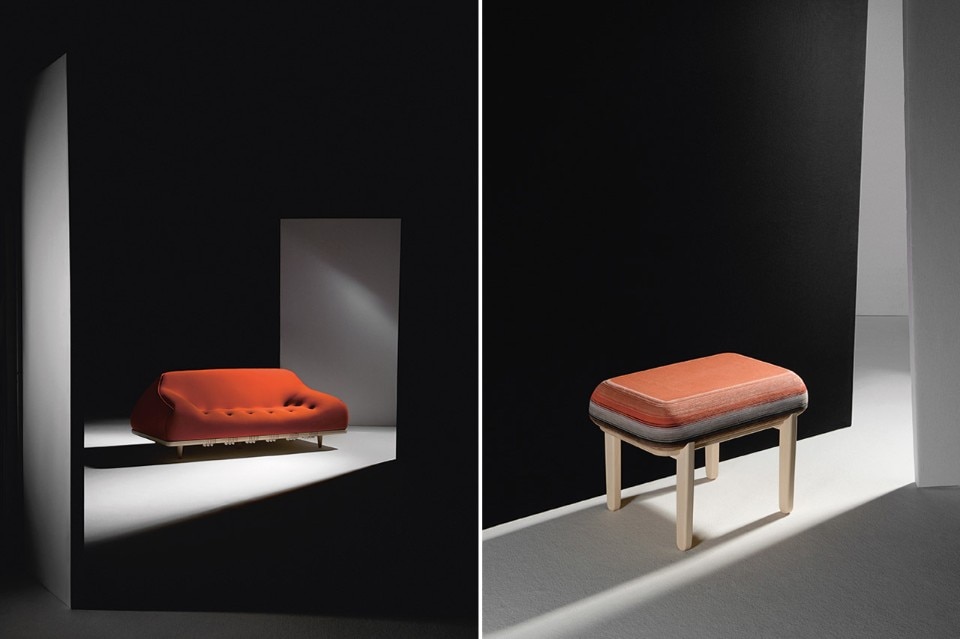
7 VIA Creation assistance grants
The body and comfort are axiomatic principles in the projects developed by the winners of VIA Creation assistance grants. User comfort is foremost in the Recto-Verso lamp designed by Bina Baitel. Its leather sheath slips on an off what looks a digital tablet, the underside of which has integrated oled components. With a brush of the fingers Recto-Verso proposes varied lighting atmospheres: direct when the luminous face is upside, indirect when it is on the underside.
Aware as they were that tanneries and leatherworking houses reject tons of ‘fine’ waste, Sybille Berger and Delphine Mériaux set out to create and use two new recycled materials. Their Pêle-mêle stool updates the technique of leather sculpture: leather offcuts are glued to form a block which is then cut by a digitally controlled machine. The block is milled on external faces and hollowed out in its centre to ensure best seating comfort. As for the Modulable screen, it uses leather dust bonded by a natural adhesive to form a light weight composite material that is resistant, has good thermal and soundproofing qualities, and can be recycled.
The Sillon chair by Camille Riboulleau demonstrates the endless possibilities of plastic. It leaves the production line as a flat piece and folds out at a touch – the tension of its structure maintained by clips.
The Knot chair by Nathanaël Désormeaux and Damien Carette – as its name indicates – has a structure that ties together: two curved steel tubes interlock mechanically to ensure stability, with no welding or screws. The tubes are held in place by four elastomer strips. The Mellow sofa by Océane Delain allows users to shape the seating surface as required. Its foam rubber surface is tensed by ropes that can be slackened or tightened at will to re-shape the seating surface.
Last but not least, the Table climatique by Jean-Sébastien Lagrange and Raphaël Ménard looks at the problem of energy saving and thermal comfort on the scale of a piece of furniture. It is a table made of a piece of folded anodized aluminium enhanced with a phasechanging material that stores and diffuses heat. Its dual function – table and passive heater – improves the level of amenity in the room around it without any input of power.
VIA analyses unsolicited projects that are submitted by designers every year in the form of drawings, models or photographs. The deadline for submitting Creation assistance dossiers is 24 February 2015.
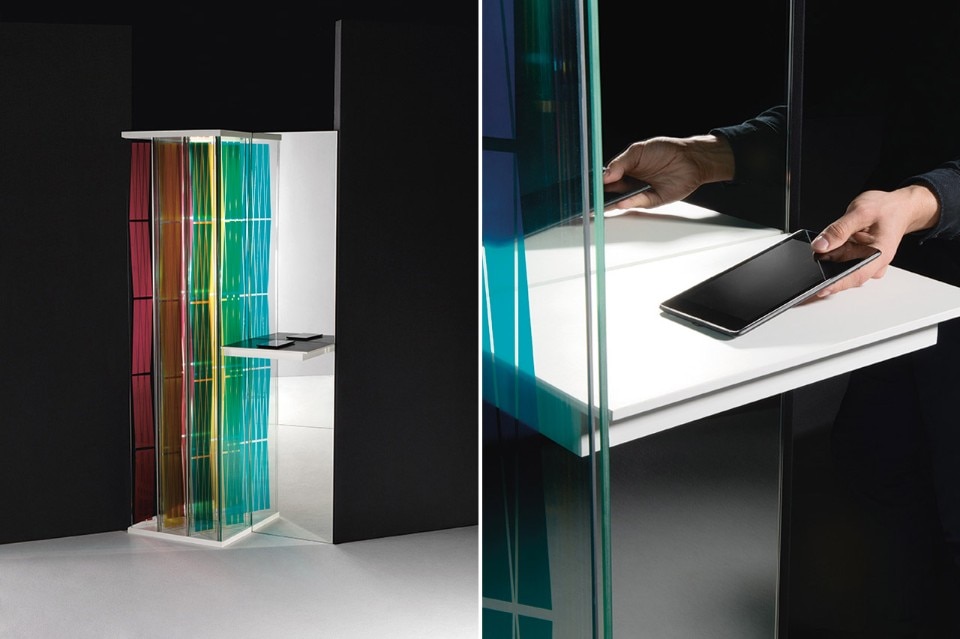
until February 24 2015 for 2016 Session
VIA Creation Assistance Grants


